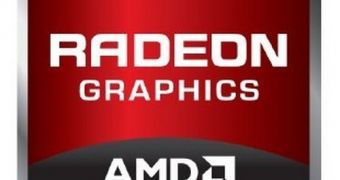The “Solar System” GPU codename is relatively recent compared to “Sea Islands,” but the short time since the first leaks turned up was more than enough to cause widespread confusion. AMD has finally done something about the matter, albeit indirectly.
Since the 2013 edition of the Consumer Electronics Show has unofficially started (it will officially start in about a day), AMD is disclosing all necessary information about the GPU series, just like NVIDIA has released the Tegra 4 SoC and all pertinent details.
In the end, Sea Islands is the desktop graphics processor collection and Soler System is the mobile GPU series.
The former line is made of four chips and one dual-GPU card named after tropical islands, while the latter consists of four units bearing astrological names.
Aruba is the codename of the dual-GPU graphics card equipped with two Curacau units. Curacau is the high-end part designed with second-generation Graphics CoreNext (Tahiti successor most likely). It will be found in Radeon HD 8900 video boards
Hainan is the mid-to-high-end GPU, for HD 880 cards. It will replace the Pitcairn. Bonaire is the mainstream chip, for Radeon HD 8600-8700. It will replace the Cape Verde. Oland is the entry-level chip, for HD 8500-8600.
There is no dual-GPU Solar System laptop graphics card, but there are still four chips in the Radeon HD 8000M series.
The Mars, as a low-to-mid-range chip, is more or less identical to the Oland in performance capabilities.
Sun is the mid-range unit, for Radeon HD 7700M discrete laptop GPU (the counterpart to Bonaire).
Neptune, as the performance-segment chip, is also, presumably, a Bonaire counterpart (higher-end Bonaire chips at least). It will be found in HD 7800M graphics adapters.
Finally, the Venus is the Hainan counterpart and will power Radeon HD 7900M series of laptop graphics processing units.
Advanced Micro Devices hasn't launched any of these processors yet, but it might make that final step as early as this quarter (Q1 2013).
Source: 3DCenter.org.

 14 DAY TRIAL //
14 DAY TRIAL //